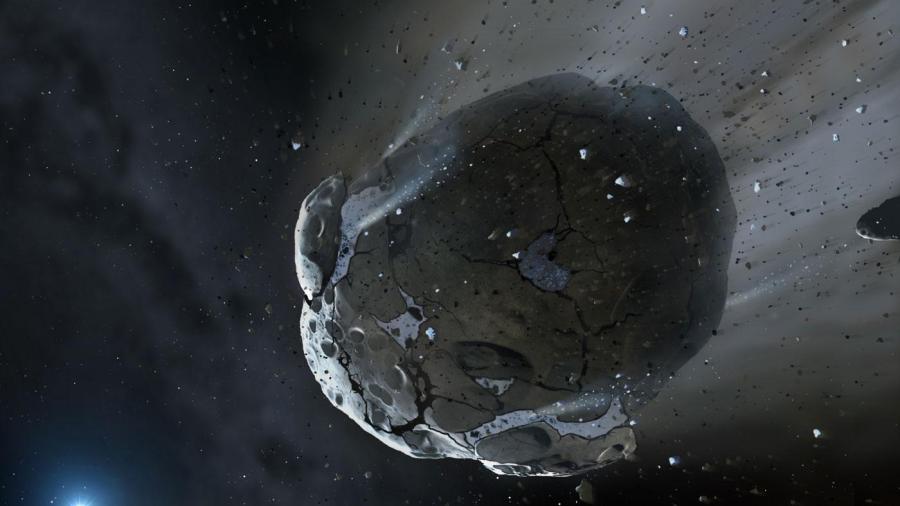How Are Asteroids Formed?

Asteroids are formed from the leftovers of the formation of our solar system from about 4.6 billion years ago. Early on, the birth of Jupiter prevented any planetary bodies from forming in the gap between Mars and Jupiter, causing the small objects that were there to collide with each other and fragment into the asteroids seen today.
Asteroids are small, airless rocky worlds revolving around the sun. These are too small to be called planets, but are also known as planetoids or minor planets (especially those in the inner solar system). The mass of all the asteroids is less than that of Earth’s moon. But despite their size, asteroids can be dangerous. This is one reason why scientists study asteroids and are eager to learn more about their numbers, orbits and physical characteristics.
Asteroids vary greatly in size, which can reach as large as 940 kilometers (about 583 miles) across. The three largest are very much like miniature planets: they are roughly spherical, have at least partly differentiated interiors and are thought to be surviving protoplanets. The vast majority, however, are much smaller and are irregularly shaped; they are thought to be either surviving planetesimals or fragments of larger bodies. One of the smallest, discovered in 1991, is only about 6 meters (20 feet) across.





